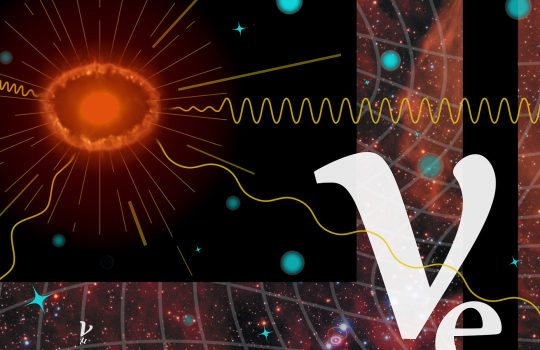How big is a neutron star?
While we’ve known about neutron stars for the better part of a century, astrophysicists still aren’t entirely sure how large they are. That uncertainty is related to two other unanswered questions: What’s in the middle of neutron stars, and how massive can they grow? Astrophysicists are combining multiple methods to reveal the secrets of some of the weirdest objects in the universe.


